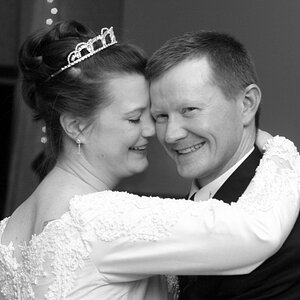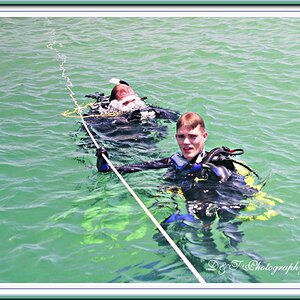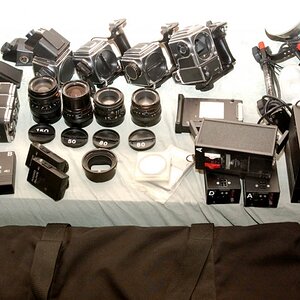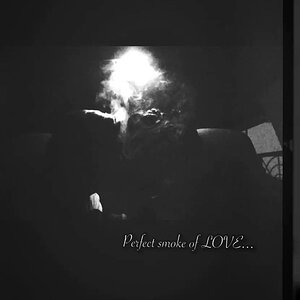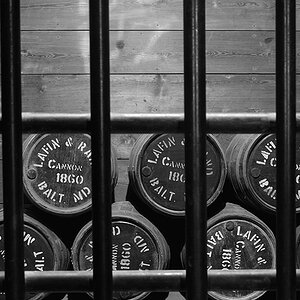nsupanda
TPF Noob!
- Joined
- Apr 20, 2009
- Messages
- 73
- Reaction score
- 0
- Location
- Eastern Oklahoma
- Can others edit my Photos
- Photos OK to edit
First let me start off by saying that I am a VERY new beginner with photography. The problem I'm having is that I take the pictures and then I edit them with photoshop elements. They turn out pretty good on the computer screen, but when I get the actual prints in the mail they are fuzzy. Not too fuzzy that they're worthless, but they just don't look "professional". Now, I'm not expecting much here because I really don't know all the tricks of the trade, but I don't know why there is such a difference between on-screen and on-paper. My pictures are on my blog if you want to see my work so far:
www.amandarealphotography.blogspot.com
I'm using a Canon xsi with only the kit lens so far. I use mpix for printing services. I am also using the highest megapixels my camera offers (12 I think).
Please let me know if you have any advice or comments. Thanks!
Oh! I also must add that I only use RAW files and then save that RAW file to a .tiff file to stop any loss that may occur after processing.
www.amandarealphotography.blogspot.com
I'm using a Canon xsi with only the kit lens so far. I use mpix for printing services. I am also using the highest megapixels my camera offers (12 I think).
Please let me know if you have any advice or comments. Thanks!
Oh! I also must add that I only use RAW files and then save that RAW file to a .tiff file to stop any loss that may occur after processing.


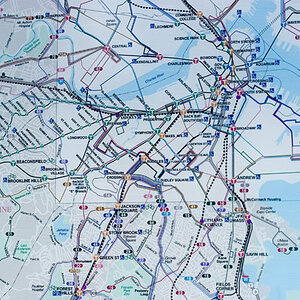
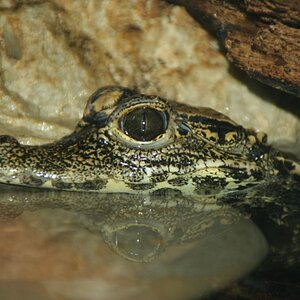
![[No title]](/data/xfmg/thumbnail/37/37524-6c51828efbc2361f9cfed53f63f28aa2.jpg?1619738130)
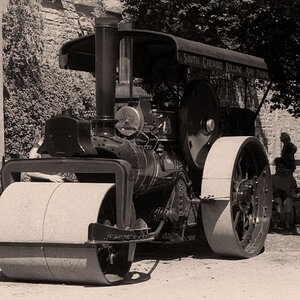


![[No title]](/data/xfmg/thumbnail/40/40412-73276feced223de99c761fc2cc279db5.jpg?1619739461)
